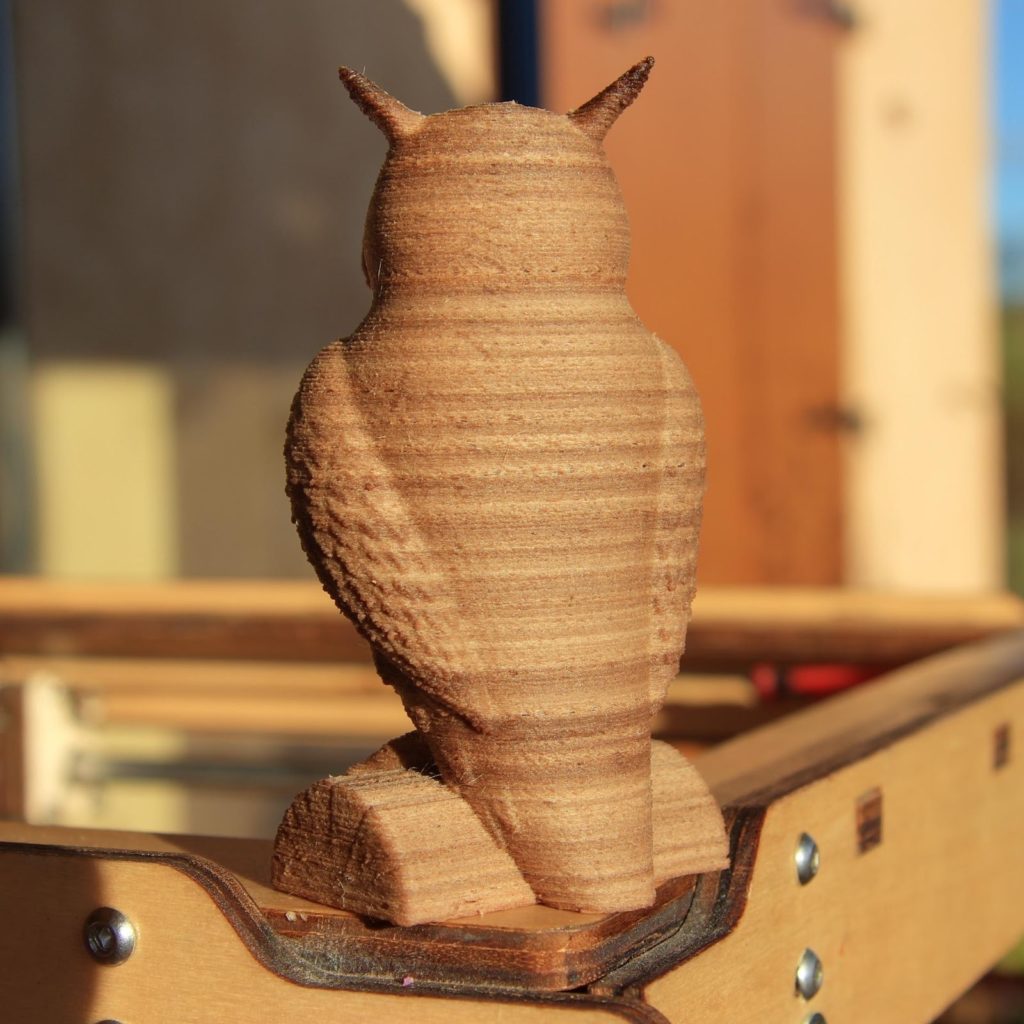One of the advantages of making objects yourself with 3D printers is that you can customize them using 3D printing post-processing techniques. That includes making sure they look exactly the way you want them to after they are printed.
After all, many objects come off the printer bed with visible layers, rough surfaces, discolorations, and other imperfections. With a little touching up you can fix these blemishes and makes your pieces eye-catching.
SAFETY WARNING: Some of the techniques described below are dangerous and require taking safety precautions. Wear protective garments, including gloves and facemasks, and protect against burns of fires when using flammable materials. Follow all safety guidelines for handling the materials listed below and research all methods thoroughly before attempting them.
3D printing Post-processing for PLA

There are several good ways to post-process your PLA prints. Like other filaments, you can apply heat to PLA objects to smooth their surfaces.
You can also carve and sand your prints to shape them. Abrasion works very well for smoothing out visible layers.
Can you use tetrahydrofuran (THF) on PLA?
For more advanced post-processing, you can use tetrahydrofuran (THF) to polish the surface of objects made with PLA. Here’s the scientific source to back that up.
Safety note: Just make sure to be super careful with THF because it is explosive under certain conditions. It’s also super toxic and will melt plastic gloves and plastic goggles.
That being said, people have successfully used THF on PLA. See here for some user stories.
3D printing Post-processing for ABS

One of the most popular ways to smooth the surface of ABS prints is to apply an acetone vapor bath. This works by wetting a paper towel with a small amount of acetone and placing it in a sealed container with your ABS object.
Acetone vapors from the paper towel will slowly dissolve the surface of the ABS, and as it does, the ABS will take on a brilliant shine. This process takes several hours, and you will have to play around with the timing until you get the results you are looking for.
Don’t leave it in for too long though or else you may lose some of the surface detail on your print. Also, do not apply acetone directly to your ABS prints or else they will entirely dissolve.
Safety Note: liquid Acetone is flammable and Acetone vapor is explosive. Use extreme caution when handling acetone.
Click here for a complete run-down of the best solvents for ABS post-processing.
3D printing Post-processing for Wood

Wood filaments are perhaps the most amenable to post-processing of all filaments. You can do many different things to them to achieve different results.
Here’s a quick list:
- Carving: Just like any piece of wood, you can carve printed wood objects
- Etching: With a hot knife, you can etch designs into the surface of wood filaments
- Staining: Wood filaments can be stained with wood stain to achieve different wood shades.
- Burning: If you want to get that “just pulled out of the fire” look, you can burn the edges of your objects
3D printing Post-processing for Metal

Many different metal filaments can be aged and polished just like regular metal objects. And depending on the type of metal filament you are using, you can get rust effects as well.
Here are a few different post-processing techniques to try with metal filaments.
- Sanding: Use sandpaper to remove the excess metal filament from edges and corners
- Buffing: Use steel wool to give your metal prints a bit of a shine
- Polishing: To really bring out the shine, use a car polishing agent like Nu Finish
- Oxidation: For bronze and copper prints, use ammonia-based oxidizing agents for a more intense oxidation look and a simple salt & vinegar mixture for a mild patina. These both take 30 minutes to an hour before effects will be noticeable.
- Rust: copper and iron (ferromagnetic) filaments can be rusted by placing them in a water bath for a few days or weeks.
- Sealant: Apply a metal sealant to metal printed objects so that they don’t tarnish further.
Conclusion
There are many clever ways to changed and improve the way objects look when they come off the print bed using 3D printing post-processing techniques. Many objects may not look very good until they are treated and their details and surface colorations are adjusted.
Just make sure to follow safety precautions when working with flammable materials. Many people have hurt themselves when working with ABS, especially.
If there are some other processes or tips that would make the processes listed above go more smoothly, please leave a comment and let everyone know. Happy printing!

Do you know any post-processing for nylon filaments?